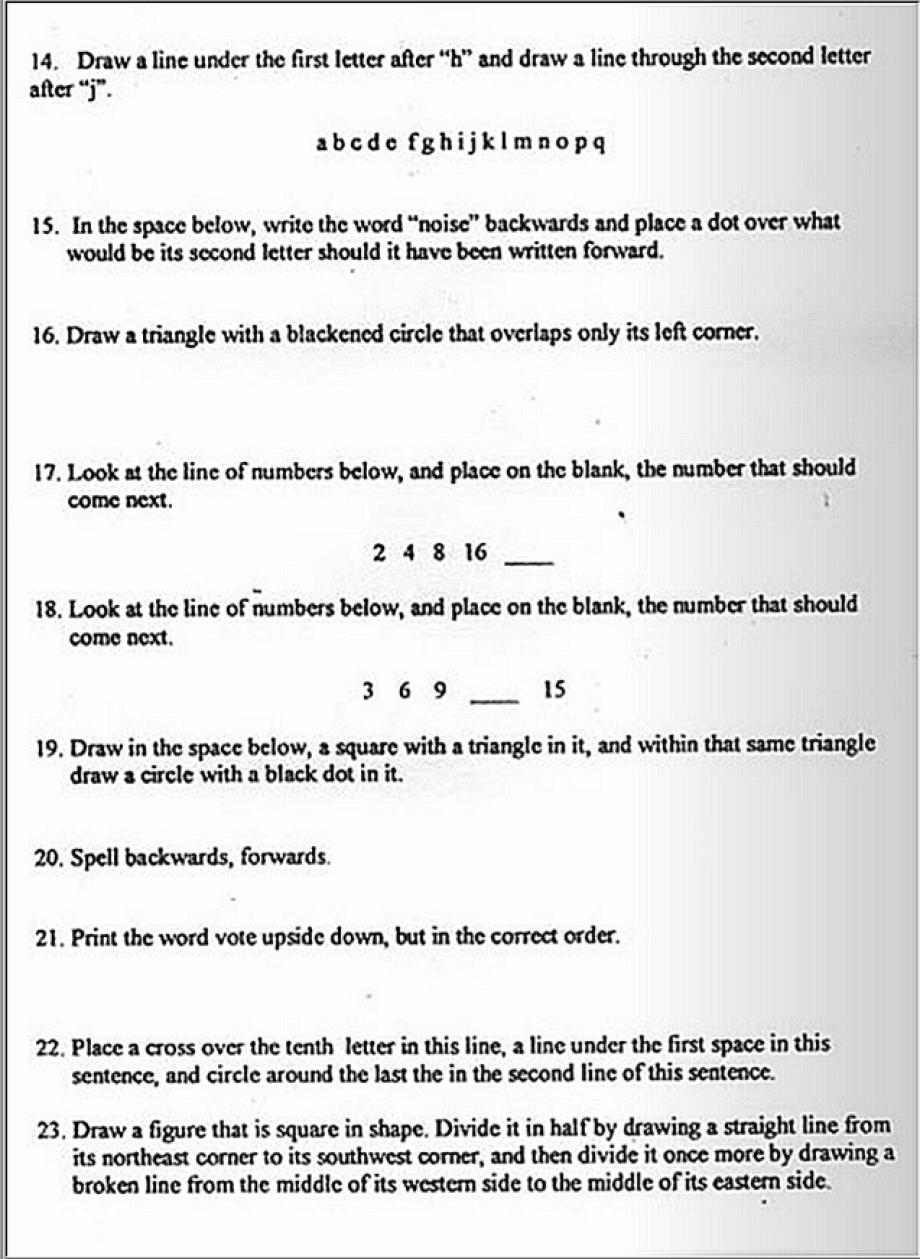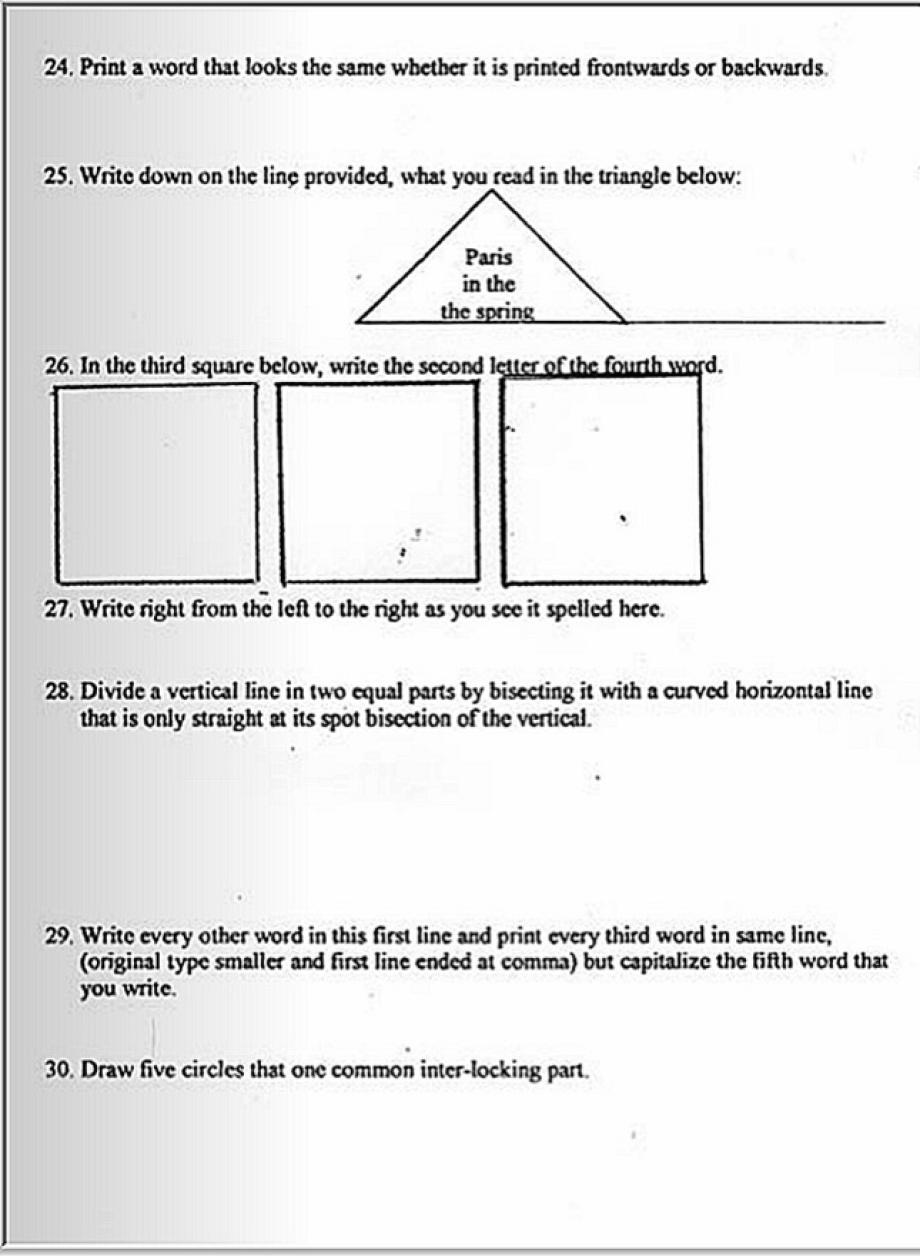A 2005 Indiana law required all voters casting a ballot in person to present a United States or Indiana photo ID. Under the Indiana law, voters who do not have a photo ID may cast a provisional ballot. To have their votes counted, they must visit a designated government office within 10 days and bring a photo ID or sign a statement saying they cannot afford one.[1]
At trial, the plaintiffs were unable to produce any witnesses who claimed they were not able to meet the law's requirements. The defendants were likewise unable to present any evidence that the corruption purportedly motivating the law existed.
The District Court and 7th Circuit Court of Appeals both upheld the law. The circuit court was deeply divided, with the dissent characterizing the law as a thinly-veiled attempt to disenfranchise low-income Democratic Party voters.
The lead plaintiff was William Crawford, who was a Democratic member of the Indiana House of Representatives from Indianapolis from 1972-2012. The defendant was the election board of Marion County, Indiana. Indianapolis is the county seat of Marion County.
Summary[edit]
In a 6-3 decision in 2008, the Supreme Court upheld the constitutionality of the photo ID requirement, finding it closely related to Indiana's legitimate state interest in preventing voter fraud, modernizing elections, and safeguarding voter confidence.
Justice John Paul Stevens, in the leading opinion, stated that the burdens placed on voters are limited to a small percentage of the population and were offset by the state's interest in reducing fraud. Stevens wrote in the majority:
"The relevant burdens here are those imposed on eligible voters who lack photo identification cards that comply with SEA 483.[2] Because Indiana's cards are free, the inconvenience of going to the Bureau of Motor Vehicles, gathering required documents, and posing for a photograph does not qualify as a substantial burden on most voters' right to vote, or represent a significant increase over the usual burdens of voting.



